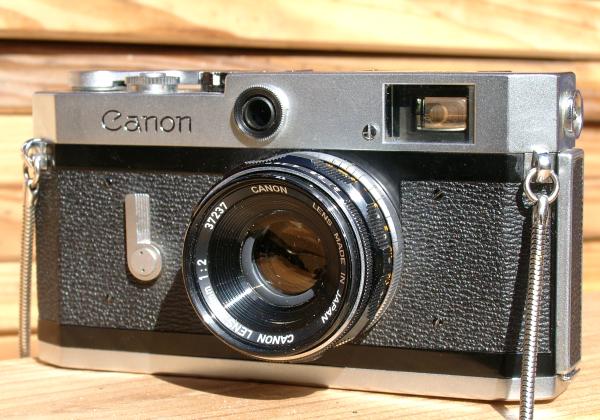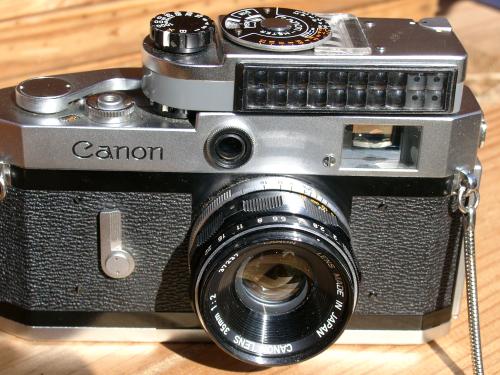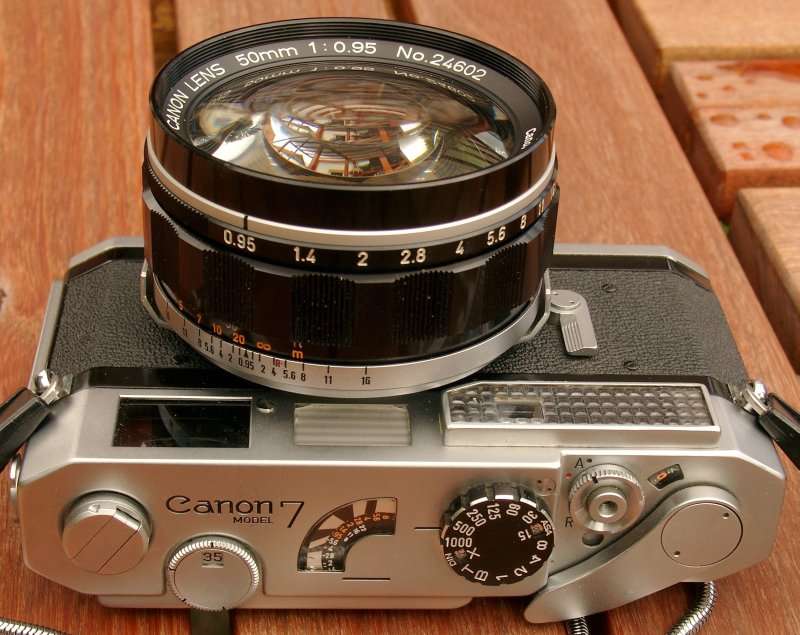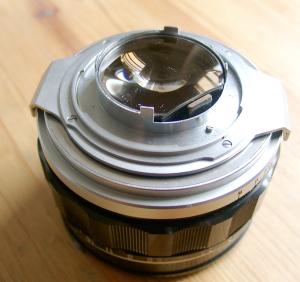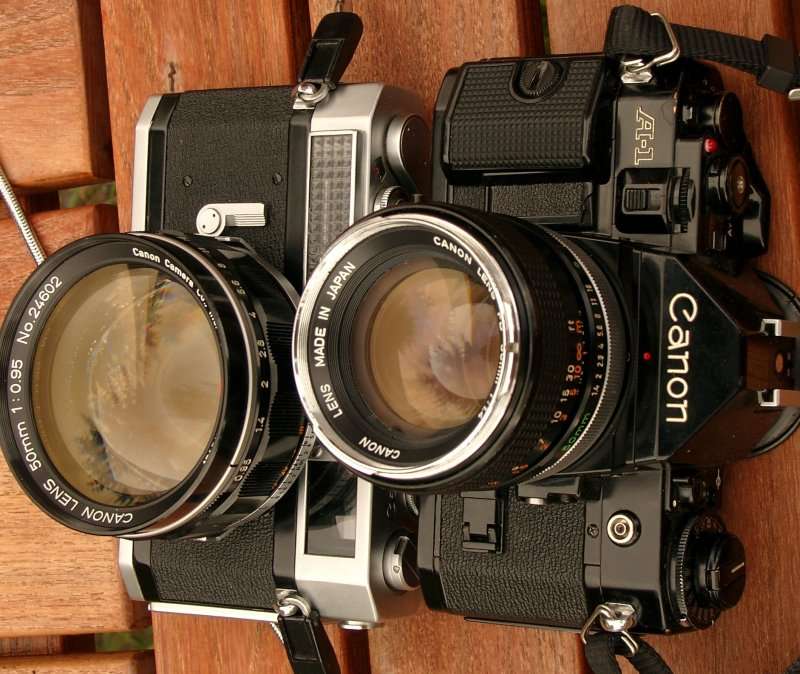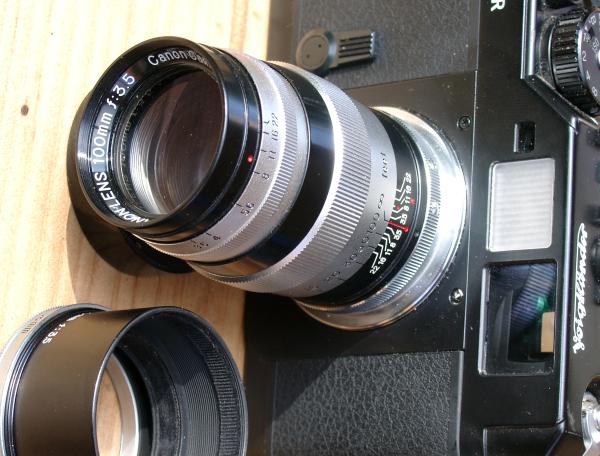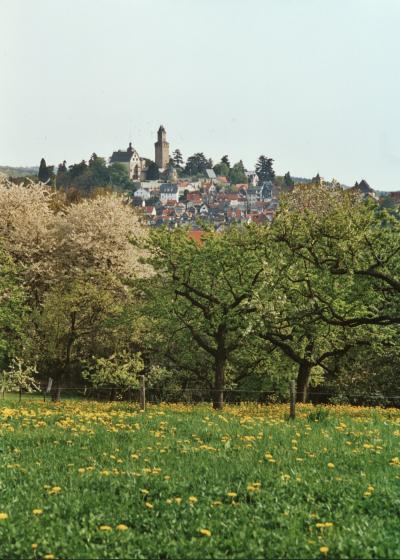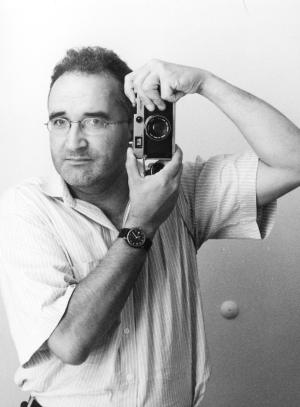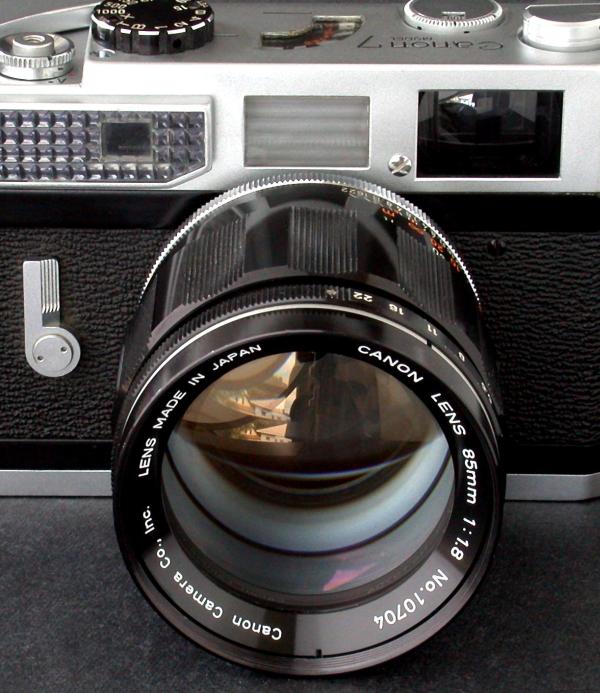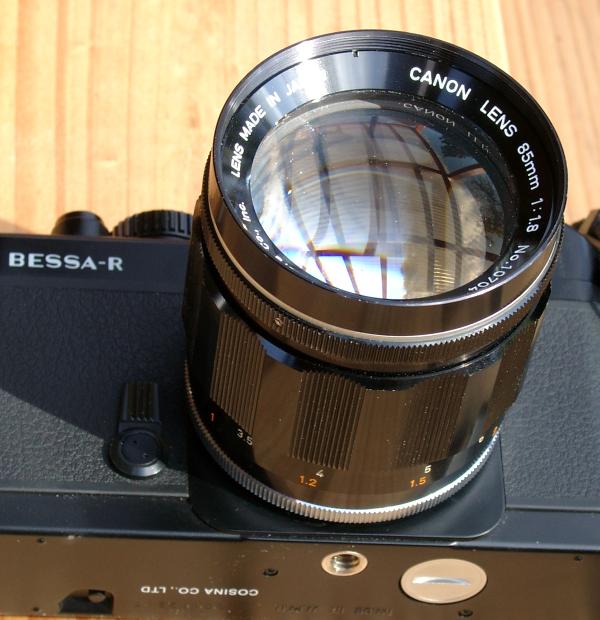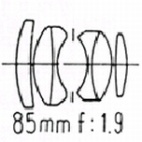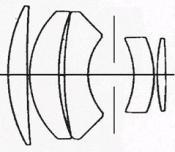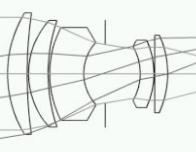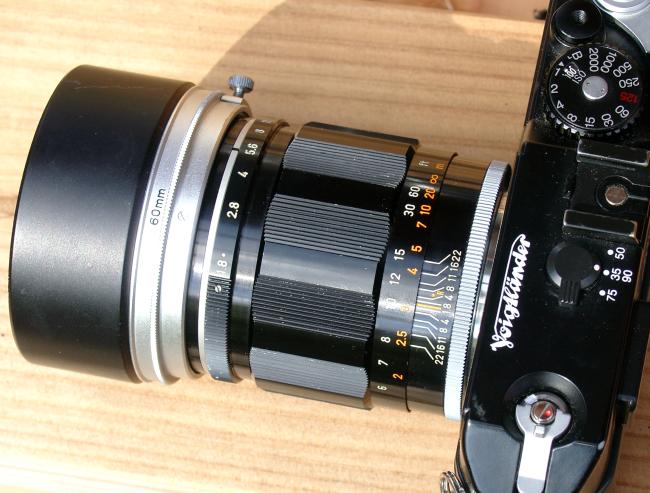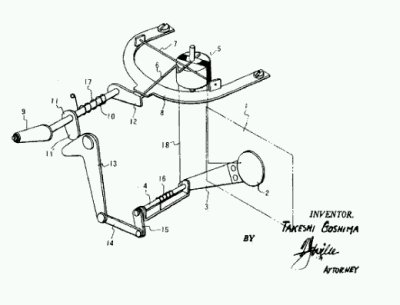
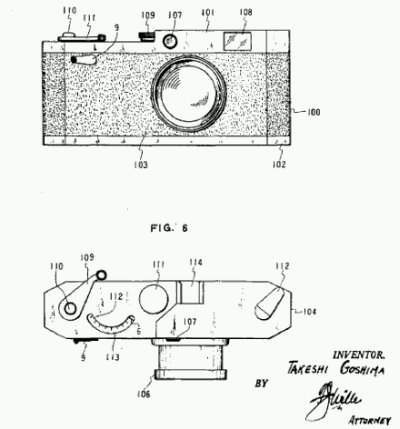
At 5th Feb.1958 the Japanese engineer Takeshi Goshima registered No. 2937582 at the US patent office for CANON. Claimed is the invention of a rangefinder camera (looking similar to the just announced Canon VI-L) with light-metering through the lens. Triggered by a manual lever a photocell swings into way in front of the shutter curtain, metered upside the camera on a scale. This was the first spot-metering patent of the world.
Thirteen years late the system was realized in a similar manner at the Leica M5 and CL series.
This was more than two years before Pentax announced and patented their Spot-Matic TTL-metering system - which also wasn't feasible to be build in series at that time. Why? Because there were no photocells available, small and sensitive enough to insert into the light ray chut of a 35mm camera in 1958 and 1960. This would have changed when battery-powered CdS-cells were available (since ~1961). But it seems that CANON stopped development of the TTL metered camera at this early stage, launching their first CdS-metered camera as late as 1964. The Canon 7 was launched with conventional Selen-cell in 1961 - at least a proven technique and more user-fault-tolerant than a manual driven TTL spot-metering. Maybe CANON had seen the future of ambitious 35mm cameras in SLR at that time, so they throttled the development-speed of rangefinder cameras. But as we know today, they lost advantage to newcomer Pentax, who made most sales in the next decade with their Spotmatic family and marginalized Canon as a professional camera maker.... Different to rangefinders, with SLR cameras the addional problem was getting the photocell out of the visual field of the finder when metering, and even Pentax had research until 1964 for a solution.
Note: The very first patent on a through-the-lens metered camera was registered by the great engineer Karl Nuechterlein in 1940 who has designed the KINE-EXAKTA and was missed as a soldier in the last days of WWII. Men like him could have made alter-coursed the fate of German camera industry! Nuechterlein planned (Selen-) photo-cells surrounding the light chute and a semi-transparent finder mirror with a needle instrument be seen though the finder as well as outside (DRP315262, US-Patent 2297428). Alas, this invention was far away from feasibility at that time...
